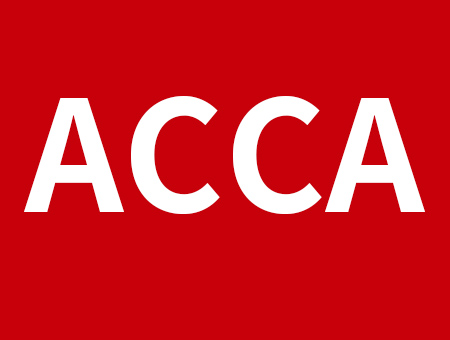IAS 38 Intangible Assets和IFRS 3 Business Combinations均谈及了无形资产的确认条件(recognition criteria)。同学们要辨别清楚单体报表上的确认条件,并进一步学习合并报表上的特殊确认规则。
应对考试时,确实仅靠死记例子,就能做对题目。笼统地以外购、内部形成、收购视作外购的逻辑,来判断能否确认无形资产,只是归纳现象,而非探寻本质。只有从理论层面进行归纳整理,才能更广泛地将知识运用于实践。
广义上,我们都会称computer software, patents, copyrights, motion picture films, customer lists, mortgage servicing rights, fishing licences, import quotas, franchises, customer or supplier relationships, customer loyalty, market share and marketing rights为“无形的资源(intangible resources)”。但这离能被确认到资产负债表里作为一项“无形资产”,仍有一定距离。
IAS 38给出的无形资产确认条件,是最基本的参考依据:
The recognition of an item as an intangible asset requires an entity to demonstrate that the item meets:
(1) the definition of an intangible asset (“An intangible asset is an identifiable non-monetary asset without physical substance”); and
(2) the recognition criteria (“(a) it is probable that the expected future economic benefits that are attributable to the asset will flow to the entity; and (b) the cost of the asset can be measured reliably.”).
即一方面要符合无形资产定义(definition)(重点应关注资产定义里的“control(控制)”,和此处提及的“identifiable(可辨认的)”),另一方面要符合额外的确认条件(probable inflow和reliable cost)(这种资本化条件,其实在很多其他与资产相关的准则里也经常出现)。
上述“无形的资源”上的支出,一旦无法资本化,则应该费用化(费用化时,相当于计入了internally generated goodwill)。
1. 符合无形资产的定义——control和identifiable
IAS 38明确,广义上的“无形的资源”,并非都能在狭义上满足无形资产的“定义”。
Control作为“定义”中的一道门槛,自不必多提,只要是资产都要满足这个条件。诸如customer relationships or loyalty(若不受法律或合同保护)很难被认为被企业所控制——客户的口味说换就换,现有的市场份额未必是未来收益的保障。
无形资产的“定义”中,另一个关键门槛是“identifiable”,也是后文归纳时的重要指标。
An asset is identifiable if it either:
(a) is separable, ie is capable of being separated or divided from the entity and sold, transferred, licensed, rented or exchanged, either individually or together with a related contract, identifiable asset or liability, regardless of whether the entity intends to do so; or
(b) arises from contractual or other legal rights, regardless of whether those rights are transferable or separable from the entity or from other rights and obligations.
简单来说,要满足identifiable,需要满足separable(可分离的)或contractual(合同性的)——separable指的是该资产要能够从企业中分离出来,被交易走;contractual则指该资产源于合同或其他法定权利。
在FR考试中,同学们遇到的绝大多数形似无形资产的“无形的资源”,都能够满足identifiable的条件,它们或separable(如customer list和brand),或contractual(如licence)。
反例是internally generated goodwill——除非出售企业的控制权(即涉及后文会谈及的企业合并),否则无法交易走internally generated goodwill,因此个别报表视角下,它not identifiable,自然就无法资本化(此外其实其成本也难以被可靠计量)。
2. 符合无形资产的确认条件——probable inflow和reliable cost
假如通过第1关“无形资产的定义”,那么就要接着考虑第2关“确认条件”——
(a) It is probable that the expected future economic benefits that are attributable to the asset will flow to the entity; and
(b) The cost of the asset can be measured reliably.
“Research costs”和“满足PIRATE之前的development costs”就倒在(a)probable inflow上——研发项目八字还没有一撇,很难说存在很可能流入企业的经济利益,因此无法资本化。
Internally generated的其他无形资产,如brand、customer list等,倒在了(b)reliable cost上——在内部形成它们时所发生的支出,往往难以与企业整体业务的开发成本(cost of developing the business as a whole)相区分(distinguish),因此它们被视作无法可靠计量成本。但若这些资产来自于外购(acquired),则成本被视作能够可靠计量,可以确认为无形资产。
“满足PIRATE之后的development costs”就可以通过这两个确认条件,资本化为无形资产。












